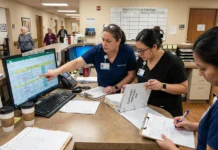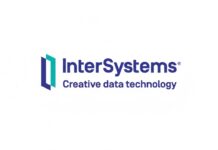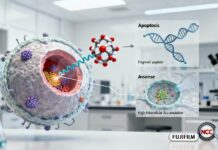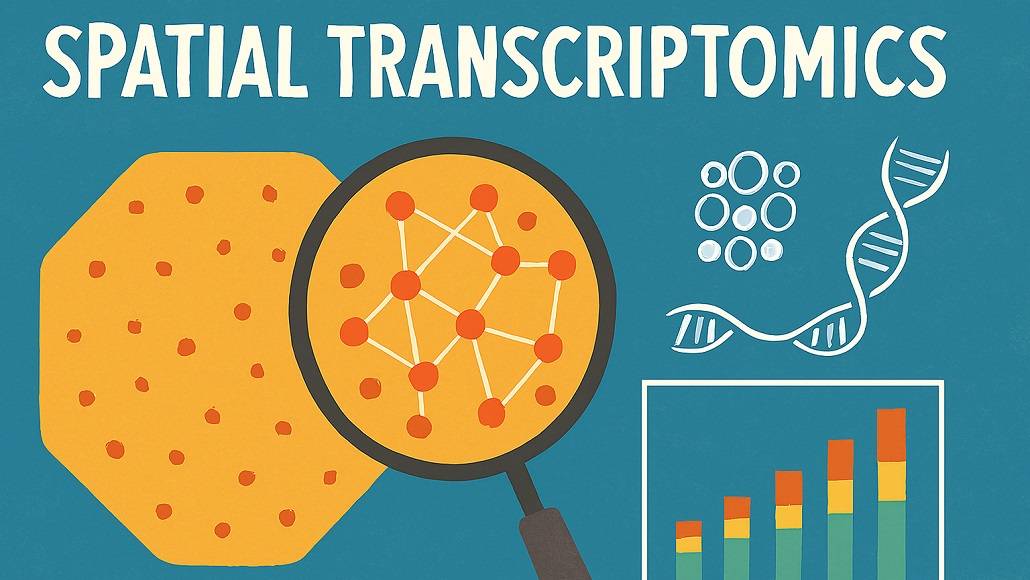For decades, scientists have studied the biology of tissues by taking them apart. Whether through bulk RNA sequencing or single-cell analysis, these methods provided invaluable information about which genes are active — but not where they’re active. In recent years, however, a new approach known as spatial transcriptomics has changed how we view tissues, revealing the importance of location, structure, and context in understanding health and disease.
From Bulk Data to Single Cells
Early tissue-profiling techniques measured average gene expression across thousands or millions of cells. While this offered powerful insights, it was a bit like blending a smoothie and then trying to guess which fruits were inside — you knew what ingredients were present, but not their proportions or arrangement.
The emergence of single-cell RNA sequencing revolutionized this by isolating and sequencing individual cells, allowing scientists to see diversity within a tissue that was once hidden. Suddenly, it was possible to identify rare cell types, trace developmental trajectories, and map how cells transition from healthy to diseased states.
Yet even with this advancement, something critical was still missing: spatial information. When cells are removed from their tissue environment, their location — and the signals they exchange with neighboring cells — is lost.
The Rise of Spatial Transcriptomics
Spatial transcriptomics restores this missing piece by capturing gene expression within intact tissue sections. Instead of dissociating cells, researchers can visualize where particular genes are active, directly overlaying molecular data onto the physical structure of the sample.
In practical terms, this means scientists can now look at a tumor biopsy and see not just which genes are being expressed, but where—for example, which genes are switched on at the tumor’s invasive edge versus its core. In the brain, spatial profiling can distinguish molecular differences across distinct regions that coordinate learning, memory, or emotion.
This marriage of histology and genomics provides a much richer view of biology — one that honors the spatial organization that evolution built into every tissue.
Why Spatial Context Changes the Story
The importance of location in biology cannot be overstated. Cells don’t exist in isolation; they constantly sense and respond to their surroundings. Immune cells gather around infection sites, neurons form tightly regulated circuits, and cancer cells remodel their environment to support growth.
Without spatial context, gene-expression data can mislead or oversimplify. For instance, an immune-related gene might appear overexpressed in a bulk sample, suggesting inflammation — but spatial mapping could reveal that the signal comes from a small cluster of cells near a lesion, not the entire tissue.
By pairing molecular data with coordinates, researchers can now observe cellular “neighborhoods” and communication patterns. This helps clarify mechanisms of tumor progression, immune response, and tissue regeneration in ways that were previously impossible.
Expanding the Reach of Spatial Biology
As technology improves, spatial transcriptomics is merging with other omics layers — including proteomics, metabolomics, and imaging — to create a more complete picture of how tissues function in three dimensions. New tools even allow spatial mapping at single-cell resolution, enabling detailed atlases of organs, tumors, and developing embryos.
These advances are reshaping both basic research and clinical applications. In drug discovery, spatial data reveal how therapeutic targets behave in real tissue environments. In pathology, spatial maps can highlight regions of treatment resistance or immune evasion, guiding more precise interventions.
Looking Ahead
Tissue profiling has come a long way — from broad averages to single cells, and now to spatially resolved molecular landscapes. The shift toward spatial context reflects a deeper realization in biology: structure and function are inseparable.
Understanding where gene expression occurs is as essential as knowing what’s being expressed. With spatial transcriptomics, scientists can finally study tissues not as disconnected collections of cells, but as dynamic systems whose organization holds the key to health and disease.


















